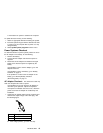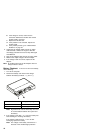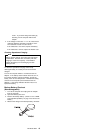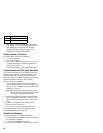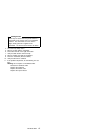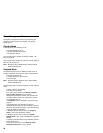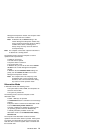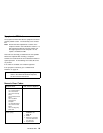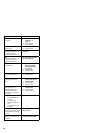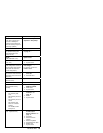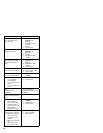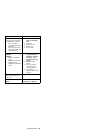Management Properties” window, the computer enters
hibernation mode under this condition.
Note: In Windows 98, the Alarms setting in the
“Power Management Properties” window may
not be synchronous with the actual low battery
condition which shows a blinking then a
steady orange and may cause the alarm to
sound prematurely.
Note: The computer cannot enter suspend mode when it
is attached to a docking station.
The following events cause the computer to resume
operation from suspend mode:
The Fn key is pressed.
The LCD cover is opened.
The power switch is turned on.
The resume timer is set.
In Windows 95, you can set the time in the resume
on timer in the “Power Management Properties”
window.
In Windows 98, the Scheduled Tasks setting has
priority over the resume on timer in the “Power
Management Properties” window.
Note: The computer does not accept any event
immediately after it enters suspend mode.
Therefore, wait a few seconds before taking
any action to reenter operation mode.
Hibernation Mode
In hibernation mode, the following occurs:
The system status, RAM, VRAM, and setup data are
stored on the hard disk.
The system is powered off.
The following events cause the computer to enter
hibernation mode:
The Fn + F12 keys are pressed.
The Hibernation button is selected in the Fuel-Gauge
program.
The power switch is turned off and hibernation mode
is set to Hibernate by Power Switch???.
The timer conditions are satisfied in suspend mode
(for operating systems other than Windows 98).
A critically low battery condition occurs and
hibernation mode is set to Hibernate when battery
becomes low.
The computer exits hibernation mode and resumes
operation when the Power switch is pressed. When power
is turned on, the hibernation file in the boot record on the
hard disk drive is read and system status is restored from
the hard disk drive.
ThinkPad 380Z
21



